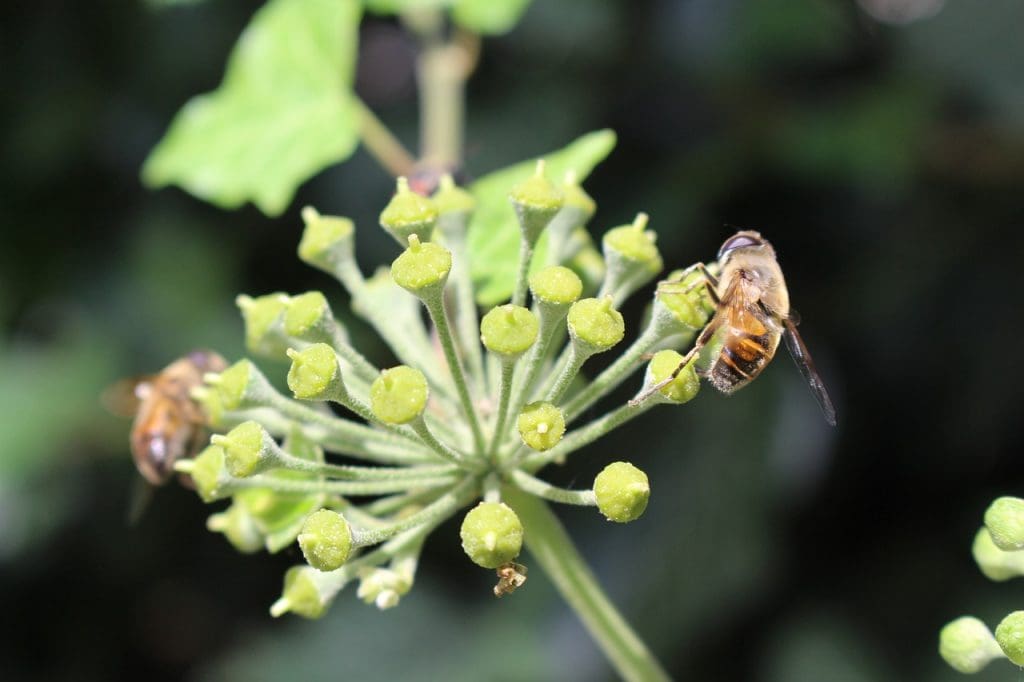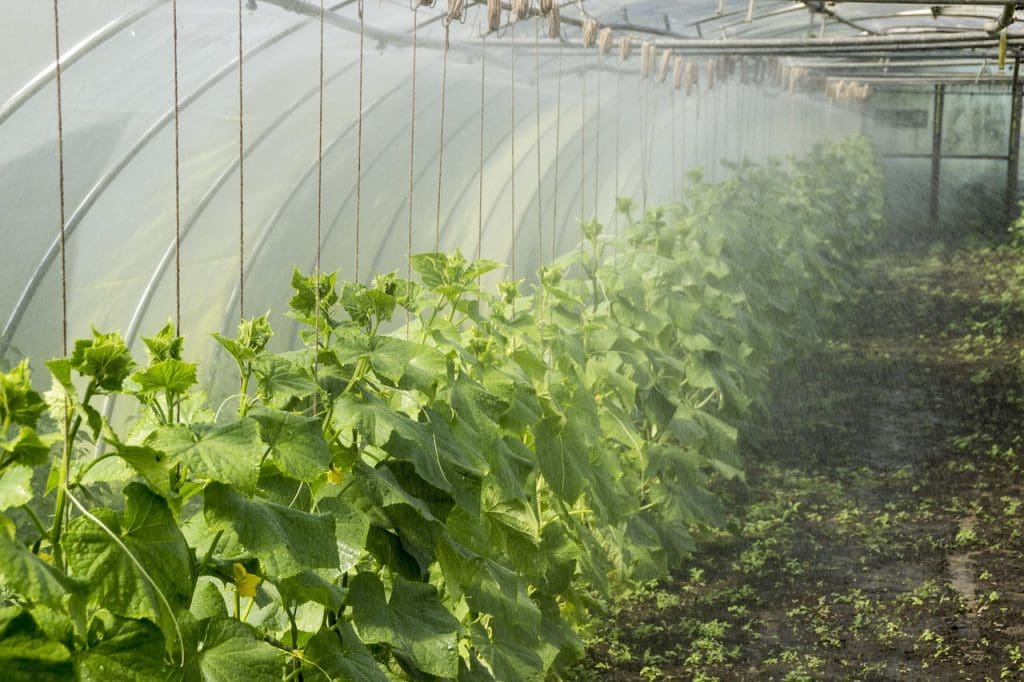In “Restoring Balance In Your Ecosystem With Natural Methods,” you will discover practical ways to rejuvenate and maintain the harmony of your natural surroundings. By embracing techniques that work with, rather than against, nature, you can create a thriving ecosystem that benefits both the environment and your well-being. From incorporating native plants and utilizing compost to encouraging beneficial wildlife, these easy-to-implement methods will help you achieve a balanced and sustainable outdoor space. Your efforts will not only beautify your area but also contribute to the health and diversity of the local habitat.
Restoring Balance In Your Ecosystem With Natural Methods
Have you ever walked through your garden or local park and wondered how you could help maintain and restore the natural balance in your ecosystem? You’re not alone. Many people are becoming more mindful about the environment and the role they play in it. But, where do you start?

Understanding Your Ecosystem
First things first, it’s crucial to understand what an ecosystem is. An ecosystem includes all the living things—plants, animals, and organisms—in a specific area, as well as their physical environment. These components are interconnected and interact in various ways, creating a delicate balance that’s essential for the survival of all its members.
The Importance of Biodiversity
Biodiversity, the variety of life in a particular habitat or ecosystem, is key to maintaining this balance. A greater diversity of species ensures natural sustainability and resilience against environmental disturbances. When one species is removed or its population dwindles, it can set off a chain reaction that disrupts the entire ecosystem. Imagine a domino effect that can be felt far beyond your garden or local park.
Natural Versus Artificial Balance
While human interventions like pesticides and synthetic fertilizers can offer quick fixes, they often come with long-term costs to the environment. Natural methods are inherently sustainable, preserving the ecosystem’s health and diversity without causing additional harm. They not only address the symptoms of an ecological imbalance but also target its root causes.
Identifying Issues in Your Ecosystem
To restore balance, you must first identify what’s out of place. Ecosystem imbalances can manifest in various ways, from dwindling plant populations to an overabundance of certain pests. This section will guide you through recognizing these signs and understanding what they signify.
Indicators of Imbalance
Look for signs such as:
- Invasive species: Plants or animals not native to the area that outcompete local species.
- Reduced biodiversity: A noticeable decline in a variety of species.
- Poor soil health: Compacted, eroded, or chemically contaminated soil.
- Water quality issues: Pollution, reduced flow, or algal blooms in bodies of water.
- Erosion: Loss of soil due to wind or water.
Conducting an Ecosystem Audit
Take some time to observe your local environment. Walk through your garden or local park with a notebook, jotting down species you see, the condition of the soil, and any water sources. Conducting this simple audit can provide insight into areas that need attention.
| Indicator | Possible Cause | Solution |
|---|---|---|
| Invasive Species | Lack of Natural Predators | Introduce native predators or manual removal |
| Reduced Biodiversity | Habitat destruction | Restore natural habitats (plant natives) |
| Poor Soil Health | Overuse of chemicals | Adopt organic soil amendments |
| Water Quality Issues | Runoff pollution | Create buffer zones, reduce chemical use |
| Erosion | Lack of vegetation | Plant erosion-control vegetation |

Natural Methods for Restoring Balance
Restoring balance in your ecosystem can be a fulfilling project that benefits both you and your environment. Here are some natural methods you can employ:
Encouraging Native Vegetation
Native plants are your best friends when it comes to restoring balance. They have adapted to your local climate and soil conditions, and they provide essential habitats for native wildlife.
Benefits of Native Plants
- Low Maintenance: Since they are adapted to local conditions, they require less water and fewer fertilizers.
- Support Local Wildlife: Native plants offer food and shelter for local insects, birds, and other animals.
- Prevent Invasion: They compete effectively with invasive species, helping to keep them in check.
Composting and Mulching
Healthy soil is the backbone of any ecosystem. Composting kitchen scraps and yard waste can enrich your soil, reducing the need for chemical fertilizers.
Benefits of Composting
- Nutrient-Rich Soil: Compost adds essential nutrients back into the soil.
- Reduced Waste: Less organic waste ends up in landfills.
- Improved Soil Structure: Compost improves soil aeration and water retention.
| Material | Compostable | Non-Compostable |
|---|---|---|
| Fruit Scraps | Yes | No |
| Meat Products | No | Yes |
| Coffee Grounds | Yes | No |
| Dairy Products | No | Yes |
Creating Habitats for Beneficial Wildlife
Certain wildlife species, like bees and ladybugs, play a pivotal role in maintaining ecological balance. Provide habitats like birdhouses, insect hotels, and ponds to encourage them to take residence in your garden.
Benefits of Wildlife Habitats
- Pollination: Bees and butterflies help in pollinating plants.
- Pest Control: Birds and beneficial insects can naturally reduce pest populations.
- Biodiversity: Enhances the variety of species in your ecosystem.
Natural Pest Control
Instead of reaching for chemical pesticides, try natural methods of pest control. Beneficial insects like ladybugs and predatory beetles can help keep harmful pests in check without damaging the ecosystem.
Benefits of Natural Pest Control
- Selective Targeting: Beneficial insects prey on pests, not plants.
- No Chemical Residue: Safe for other wildlife and humans.
- Cost-Effective: Less expensive than purchasing chemical pesticides.
Sustainable Water Management
Water is a finite resource essential to life. Proper management of water can make a huge difference in your ecosystem’s health.
Rainwater Harvesting
Harvesting rainwater can reduce your dependence on municipal water supplies and provide a clean source of water for your plants.
Benefits of Rainwater Harvesting
- Cost Savings: Reduced water bills.
- Healthier Plants: Rainwater is free from chemicals found in tap water.
- Eco-Friendly: Less strain on local water resources.
Creating a Rain Garden
Rain gardens are designed to capture and filter runoff from roofs, driveways, and other impervious surfaces. They can prevent pollutants from reaching water bodies while providing a habitat for wildlife.
Benefits of Rain Gardens
- Improved Water Quality: Filters pollutants from runoff.
- Flood Mitigation: Reduces risk of local flooding.
- Aesthetic Appeal: Adds beauty to your landscape.

Educating Yourself and Others
Knowledge is power. Educate yourself about ecological principles and share this knowledge with your community. The more people are aware of and engaged in restoring ecological balance, the greater the impact we can achieve.
Participating in Workshops
Look for local workshops on topics like composting, native gardening, and sustainable water management. These can provide hands-on experience and valuable insights.
Community Involvement
Join or form local environmental groups. Volunteer for community projects like tree planting and river clean-ups. Collective efforts can create immense positive changes in your local ecosystem.
Online Resources
Numerous online platforms offer courses, forums, and articles on various ecological topics. Websites like the Environmental Protection Agency (EPA) and local conservation organizations are treasure troves of information.
Monitoring and Adapting
Restoring balance isn’t a one-and-done task. It requires ongoing monitoring and adaptation. Keep an eye on your ecosystem, making adjustments as needed.
Regular Inspections
Make it a habit to inspect your garden or local green space regularly. Keep a journal to track changes over time, which can help you pinpoint what’s working and what needs adjustment.
Flexibility in Approach
What works today might not work tomorrow, especially as seasons change and new challenges arise. Be prepared to adapt your methods and try new solutions if necessary.
Engaging with Experts
Don’t hesitate to consult experts such as local horticulturists, conservationists, or agronomists. They can offer tailored advice and solutions based on the specific conditions of your ecosystem.

Conclusion
Restoring balance in your ecosystem using natural methods is not only effective but immensely rewarding. By focusing on sustainability and nurturing the natural elements around you, you contribute to a healthier and more resilient ecosystem.
Whether you’re tending a small garden or working on a larger community project, every action counts. The natural world is a complex, interconnected web, and your efforts play a crucial part in maintaining its balance. So get out there, observe, learn, and take the steps necessary to nurture the ecosystem around you.
Isn’t it amazing how small steps can lead to significant changes? Happy eco-restoring!
